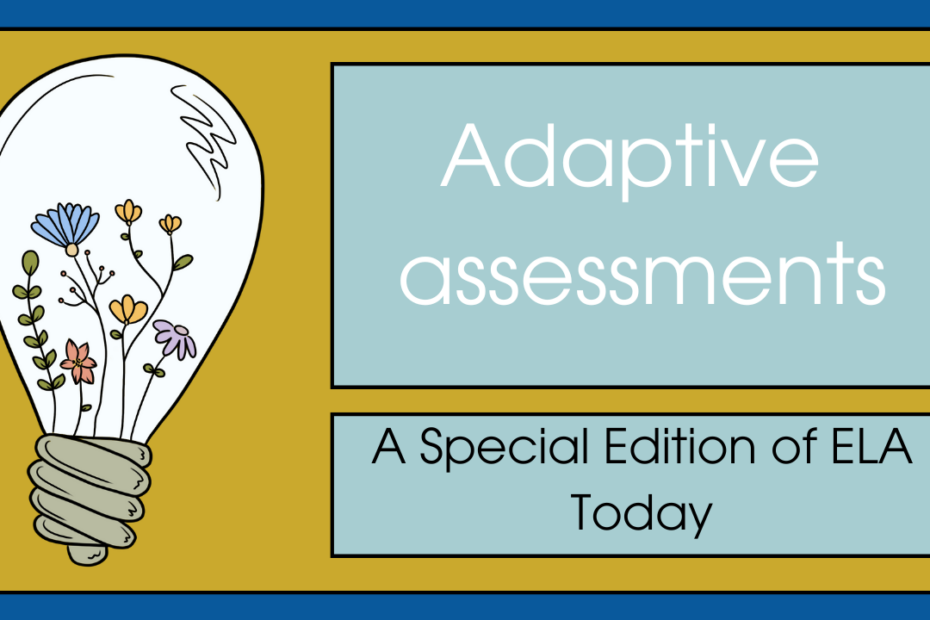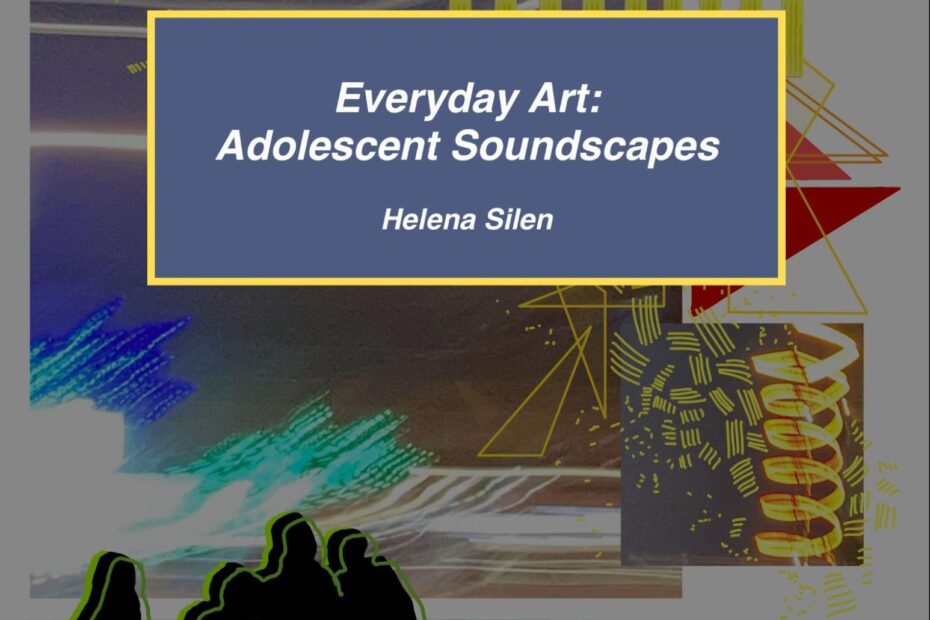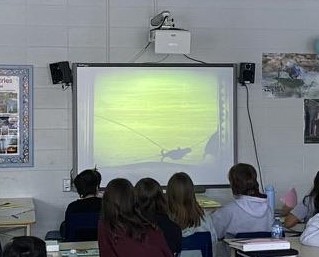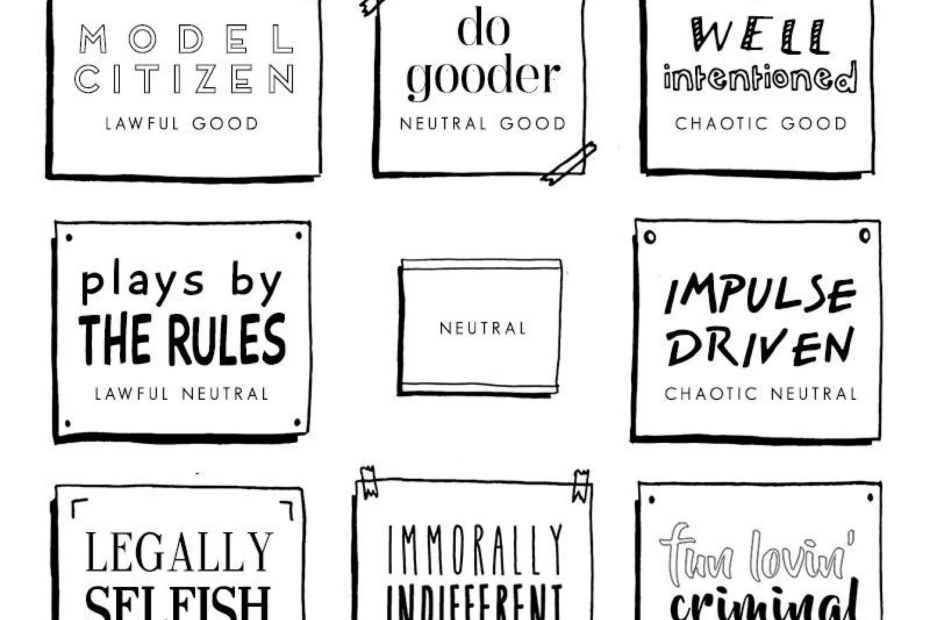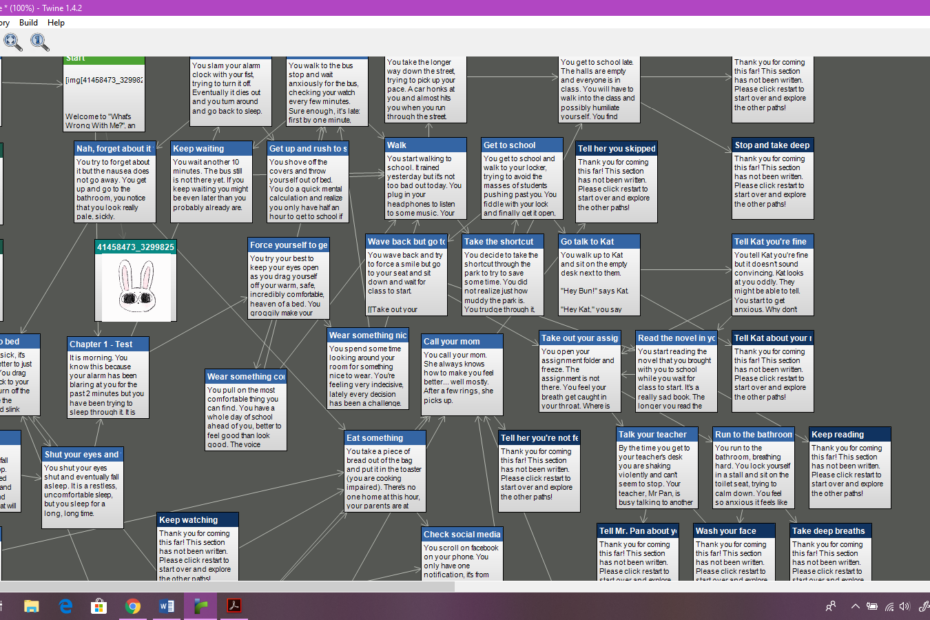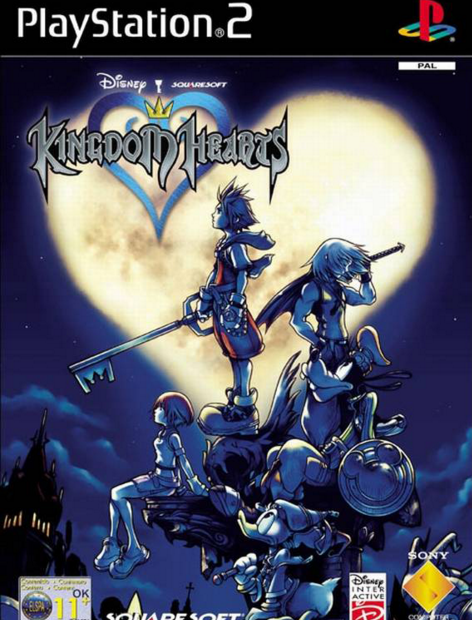Adaptive assessments: Special Edition

ELA Today is an online journal compiled and edited by the ATEQ Board featuring content relevant to English Language Arts Teachers in Quebec. It includes contributions from people in Quebec and from abroad in order to foster beneficial dialogue and share information, knowledge and pedagogical approaches.
Adaptive assessments: A Special Edition of ELA Today
From video games and social media platforms, to fanfiction works and tabletop games, ELA educators have increasingly chosen to draw from popular culture texts to diversify curricula and engage contemporary youth. While the potential of these texts is excitingly vast, dreaming up accompanying assessments can prove to be a daunting task. In this year’s special edition of ELA Today, the voices of six writers navigating various educational environments – from high school ELA classrooms, to research-focused settings, and university-level programs – have come together to reflect on meaningful strategies for adaptive assessments.
Reflecting on Meaningful Assessments as a Student and Future Educator
As a student and future educator in McGill’s Education in Global Contexts program, assessments are a critical part of my studies. Some of my classes take a traditional approach, with essays, exams, and the occasional group presentation. However, some teachers take a more creative approach. I’ve found that these non-traditional assessments help me learn while making the course material feel more relevant and meaningful. To illustrate some benefits of non-traditional assessments, I’ve compiled three case studies based on my experiences.
Pairing Assessments with Digital Play
Assessment has and always will be a troublesome point for language arts educators because of the subjective nature of students’ work. Subjects such as high school mathematics and biology are assessed with clear parameters; the knowledge intended for students is already (hopefully) understood by the educator and provable by logical or demonstratable principles. This approach may not be taken by ELA educators because assessments often require them to place a value judgment on the ideas, thoughts and feelings of their students. Discussions of assessment become yet more nuanced in an era of social media and economic competition.
An Ode to the Hilroy Notebook
This year I’m teaching Grade 7 English for the first time in two years. To engage my students, I started the year working primarily with Google Classroom, Docs, Forms, Slides, Booklet and CommonLit. I’m a huge supporter of technology in the classroom as I believe it pushes me to be a better teacher while appealing to students’ interests and expertise. Another benefit of using technology is that all students’ work is stored online via Google Drive, so it’s easy to give feedback and I have fewer stacks of papers to haul around.
Pairing Traditional Assessments with Unconventional Texts
Integrating unconventional multimodal texts into the classroom – like podcasts, graphic novels and tabletop games – can be a great experience for students as it peaks their interest and reorients their view on what education can be. However, choosing to teach with these texts can come with many challenges because it can be a daunting task to find resources and create assessment opportunities. Difficulties arise when we, as educators, think the assessments need to be as creative and multifaceted as the texts they are assessing.
Assessing alongside the digital: Multilinear Narratives in Twine
Amid all the buzz around incorporating new technologies into the ELA classroom, there has been an equal amount of confusion and anxiety about how best to engage and assess students alongside these digital tools. Many educators have started small, incorporating websites, digital blogs, and Power Points, while others have gone deeper, bringing in media like podcasts and video games as interpretable texts.
Why Video Games Could be the Answer
Educators have long been using non-traditional texts like movies, TV shows, audiobooks, music, and plays. When incorporating these texts into the curriculum, many have chosen to take a more traditional approach to assessment, such as essays, comprehension quizzes, and oral presentations with fairly standard rubrics. I think it’s important to remember that we don’t need to reinvent the wheel just because we’ve chosen to navigate a somewhat uncommon textual format with our students.
